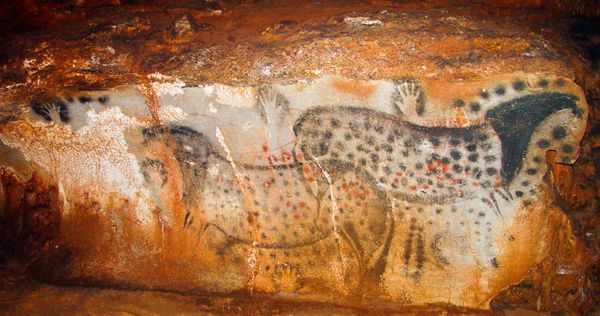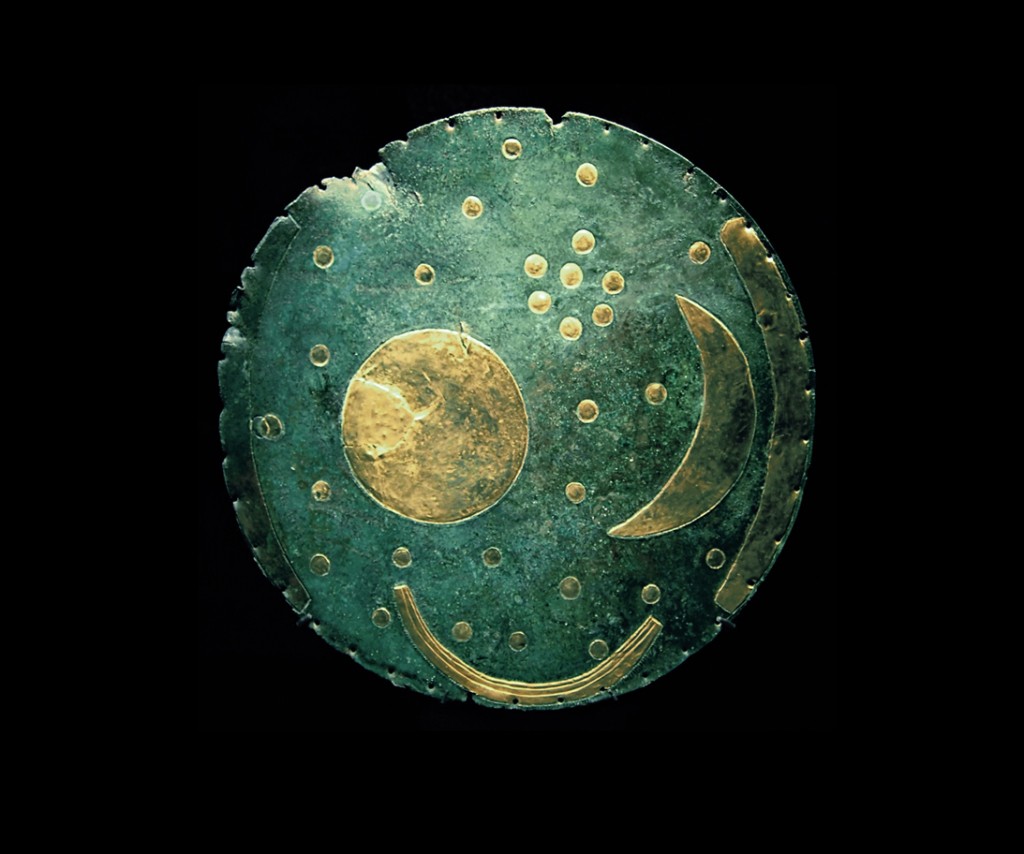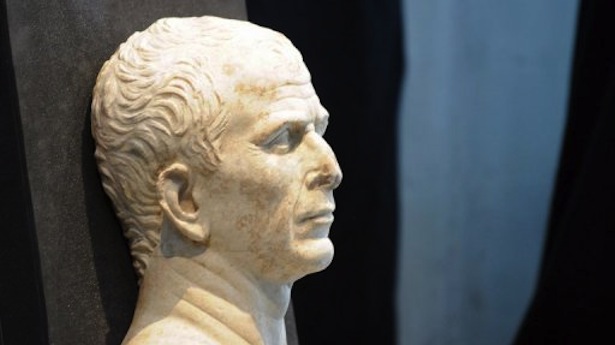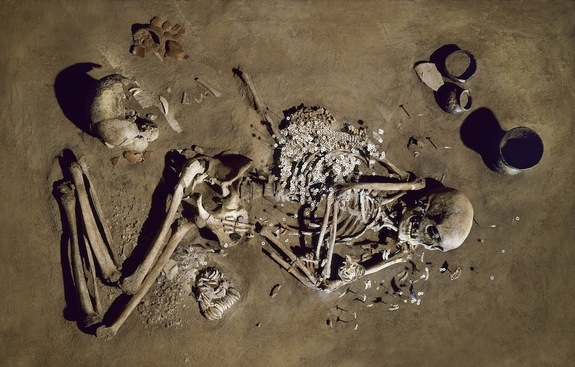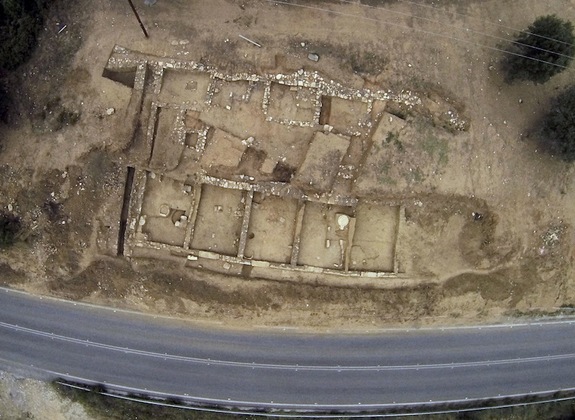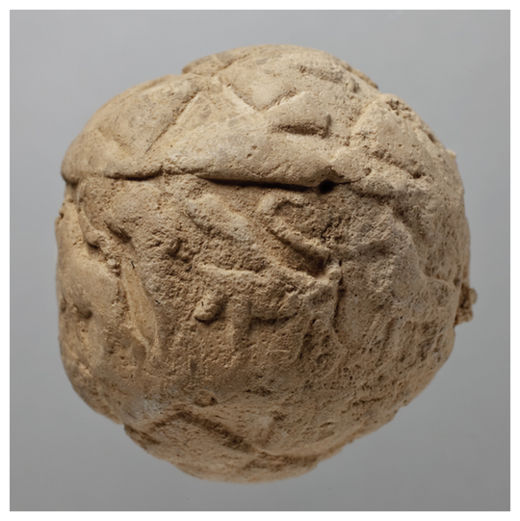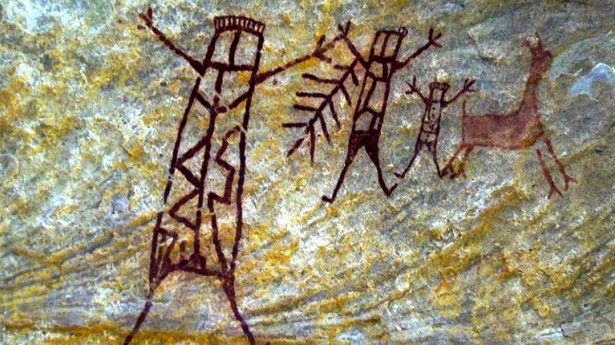
© Malgorzata Kistryn/FotoliaAncient DNA recovered from a time series of skeletons in Germany spanning 4,000 years of prehistory has been used to reconstruct the first detailed genetic history of modern-day Europeans.
Ancient DNA recovered from a time series of skeletons in Germany spanning 4,000 years of prehistory has been used to reconstruct the first detailed genetic history of modern-day Europeans.
The study, published today in
Science, reveals dramatic population changes with waves of prehistoric migration, not only from the accepted path via the Near East, but also from Western and Eastern Europe.
The research was a collaboration between the Australian Centre for Ancient DNA (ACAD), at the University of Adelaide, researchers from the University of Mainz, the State Heritage Museum in Halle (Germany), and National Geographic Society's Genographic Project.
The teams used mitochondrial DNA (maternally inherited DNA) extracted from bone and teeth samples from 364 prehistoric human skeletons ‒ ten times more than previous ancient DNA studies.
"This is the largest and most detailed genetic time series of Europe yet created, allowing us to establish a complete genetic chronology," says joint-lead author Dr Wolfgang Haak of ACAD.
"Focussing on this small but highly important geographic region meant we could generate a gapless record, and directly observe genetic changes in 'real-time' from 7,500 to 3,500 years ago, from the earliest farmers to the early Bronze Age."
"Our study shows that a simple mix of indigenous hunter-gatherers and the incoming Near Eastern farmers cannot explain the modern-day diversity alone," says joint-lead author Guido Brandt, PhD candidate at the University of Mainz. "The genetic results are much more complex than that. Instead, we found that two particular cultures at the brink of the Bronze Age 4,200 years ago had a marked role in the formation of Central Europe's genetic makeup."
